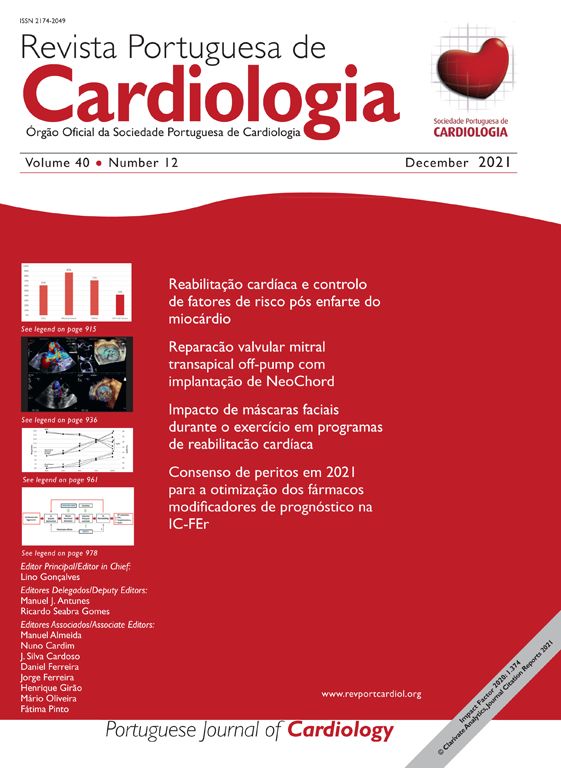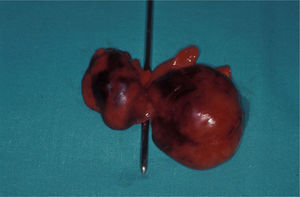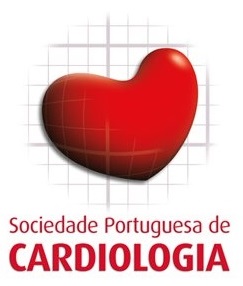A 12-lead ECG was obtained soon after the birth of a pair of omphalo-thoracopagus (Figure 1) conjoined twins. Before birth, they had been diagnosed with two separate hearts that shared a wide communication through the independently defined right atria. Other anomalies including a common liver with two gallbladders and two stomachs with common jejunum and ileum beyond the duodenum were also noted on surgical exploration. It had been the parents’ choice to follow the course of pregnancy and attempt surgical separation.
As seen in Figure 2, two different QRS complexes of nearly equal rate alternate in lead II, with no compensatory pause, as if two different ECG recordings had been superimposed. Each ventricle produces its own distinct depolarization wave, as expected in anatomically and electrically independent ventricles.
Surgical attempts to separate the two twins was unsuccessful, both infants dying in the operating room. Autopsy examination confirmed the shared right atria, with relative heart hypoplasia in one twin (Figure 3).
DiscussionConjoined twins are reported to appear in 0.70:100 000 births, thoracopagus being the most frequent type observed1. Fusion of the heart in thoracopagus twins occurs in up to 75% of cases, with fusion of the liver being almost universal; the merging may include the pericardial sac, the atria, or the ventricles2. Very few cases of conjoined twins that shared the atria have been reported to survive after separation3.
Conflicts of interestThe authors declare they have no conflicts of interest.
Os autores declaram ter recebido consentimento escrito do progenitor/tutor dos pacientes mencionados neste artigo.











